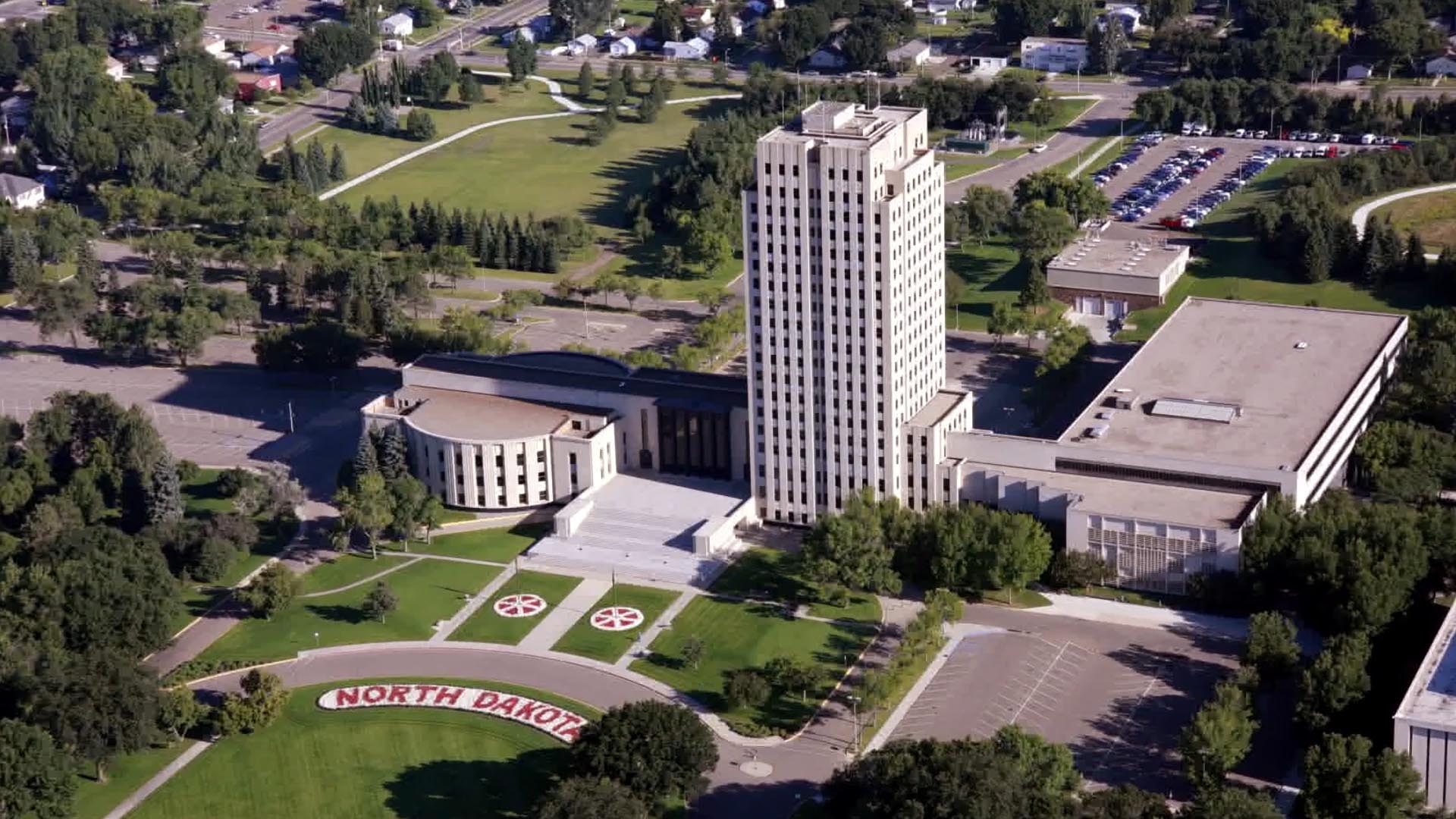
In his online welcome letter to state constituents, North Dakota’s governor highlighted three pillars to economic success set before his administration. Among them was a call to build a “smart, efficient infrastructure,” which includes embracing technology to improve services and hold down costs.1 To that end, with a dedicated focus on protecting and building revenue streams across its purchasing cards and virtual cards—the state of North Dakota’s commercial card program is the perfect microcosm bringing that larger vision to life.
Maximizing Value Across a Unique Commercial Card Program
North Dakota’s commercial card program covers 77 state agencies, 73 school districts, 13 colleges and universities, 16 counties, 7 cities, 3 boards and commissions, and 1 public health district. Not to mention this seemingly disparate group of entities are all housed in a single database, making it unique.
When independent counties, cities and school districts across the state join the statewide card program, they have a chance to receive a more substantial rebate, just like the state agencies and higher-spending public universities. This setup is a boon for maximizing the value of their commercial card program, said Jeff Larshus, director of state financials at the Office of Management and Budget. “Having everyone under one card program means we can earn a higher rebate, but there are also efficiencies with purchasing cards compared to cutting checks.”
In discursive fashion, Larshus cited numerous benefits like faster supplier payments, decreased administrative resource costs, as well as greater transparency around expense management.
With nearly 5,500 cards issued, the North Dakota statewide spend has grown from approximately $22 million annually to over $140 million between 2009 and 2019.
A Relationship Focus Leads to a Stronger Commercial Card Program
The State of North Dakota’s commercial card growth journey spans 10-plus years. And it wasn’t until the state’s longtime card provider was acquired that Larshus and team saw a chance to reevaluate their program.
We felt J.P. Morgan and their technology was heads above the other commercial card providers in the industry, and 10 years later, we still believe it to this day.
Jeff Larshus
Director of State Financial Services, State of North Dakota
From there, the state implemented many strategies and tactics to optimize their program and expand it to as many agencies and political subdivisions possible.
Among those efforts, Larshus’ team consolidated the number of card programs into one. Depending on the cardholder’s needs (e.g. business expenses), the cards merchant category codes (MCC) are adjusted accordingly.
When it came to getting more constituents onboard, Larshus’ team started engaging their agencies and political subdivisions at business conferences where they host informational sessions and provide educational material. State program administrators attend these conferences and play matchmaker between cardholders and those who do not have a card program. Over time, the number of successful programs grew, and word of mouth between neighboring school districts, cities and counties helped spread the program further.
Larshus’ team also recruited support from state auditors. They analyzed spend across agencies, identified what expenses could be redirected onto the card program, and mandated that agencies stop using check payments for certain business purchases.
Expanding the program also meant building a seamless supplier payments process. To build stronger card acceptance, Larshus and team would include commercial card payments into supplier contracts.
Together, North Dakota and J.P. Morgan Keep Payments Flowing During Times of Crisis
As the coronavirus (COVID-19) took the world by storm and the global economy was in a tailspin, businesses and governmental organizations scrambled to ensure operations continued to run as normal as possible. Across organizations, there was a 65 percent acceleration towards more electronic purchasing processes.2 For the State of North Dakota’s commercial card program, that trend translated into new opportunities to grow an already successful program.
Once the global pandemic hit, finance teams across the state of North Dakota couldn’t be present in the office to cut physical checks, which risked stopping the flow of payments. As a result, the Office of Management and Budget saw an influx of new state schools, cities and counties looking to adopt commercial card. Inquiries about simplifying payment processes and gaining new efficiencies over paper-based processes increased. Working together with J.P. Morgan, the state has welcomed the interest in the card program, especially to help ensure payments keep moving.
Building the Future of Business Payments
True to the state governor’s vision, the Office of Management and Budget continually reinvents itself and optimizes the way it pays—to provide stronger services, to hold down costs and to grow.
In 2019, for example, the office adopted virtual cards, a form of virtual payment that acts like a check by providing a unique, digital 16-digit account number for each payment. Among a variety of benefits like improved working capital, increased efficiencies and greater control and security, virtual cards are an ideal replacement for check payments.
The joint program between the state government and higher education institutions aims to capture an additional $40 million in spend that traditionally flows through accounts payable (AP).
The future of the card program is bright. We’ve implemented virtual card, and this will give us another opportunity to collect additional spend and additional rebate, which is a benefit to everybody.
Jeff Larshus
Director of State Financial Services, State of North Dakota
Find the Right Commercial Card Solution for Your Business
As you evaluate how a commercial card program can help your business optimize its payments, you don’t need to figure it out all at once or on your own. Connect with us, and we’ll help you find the right commercial card solution for your business.
References
North Dakota, Office of the Governor: https://www.governor.nd.gov/five-strategic-initiatives-north-dakota. Accessed 9/15/2020
2020 RPMG COVID-19’s Impact on Commercial Cards Report
icon
Loading...







